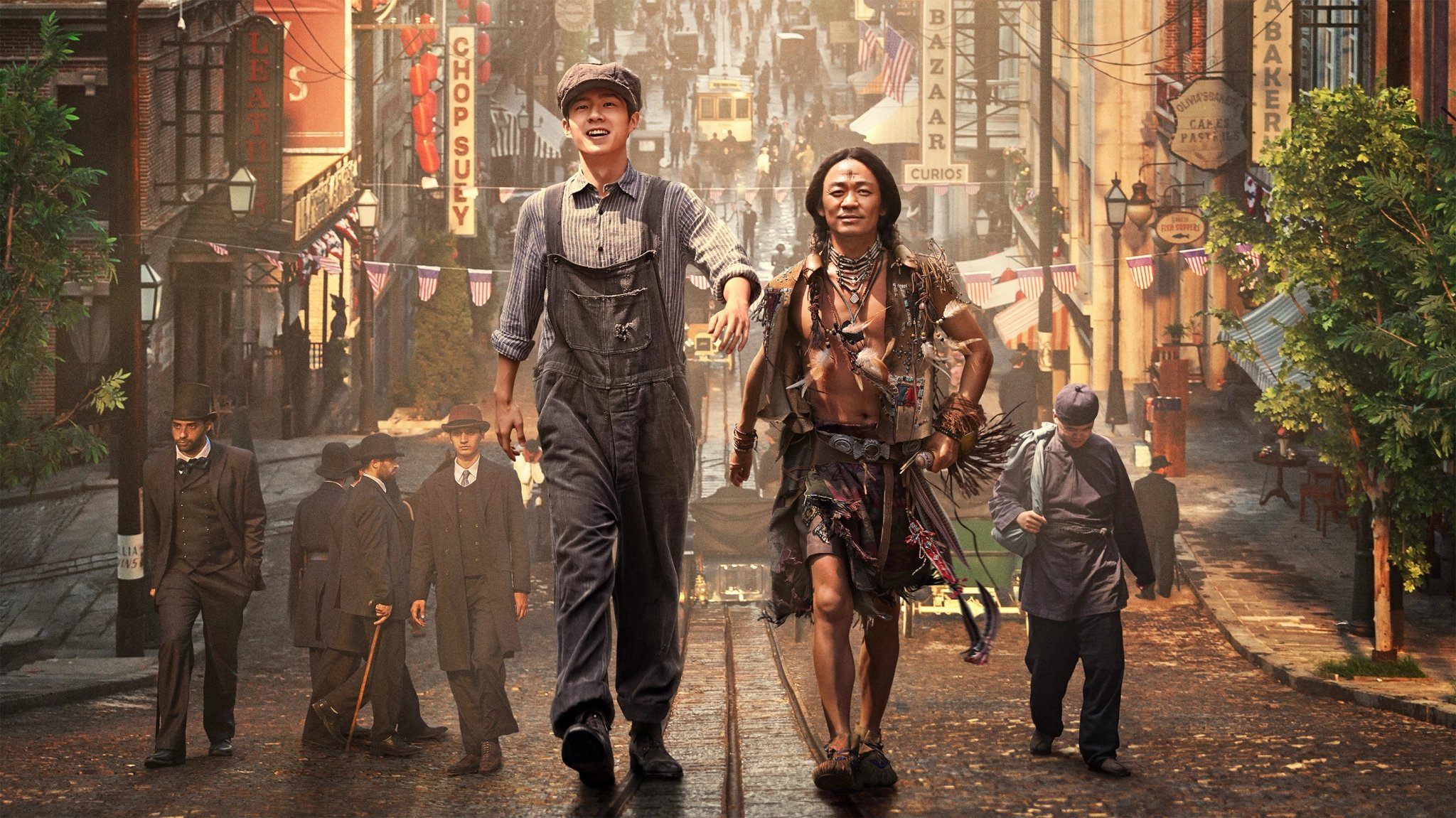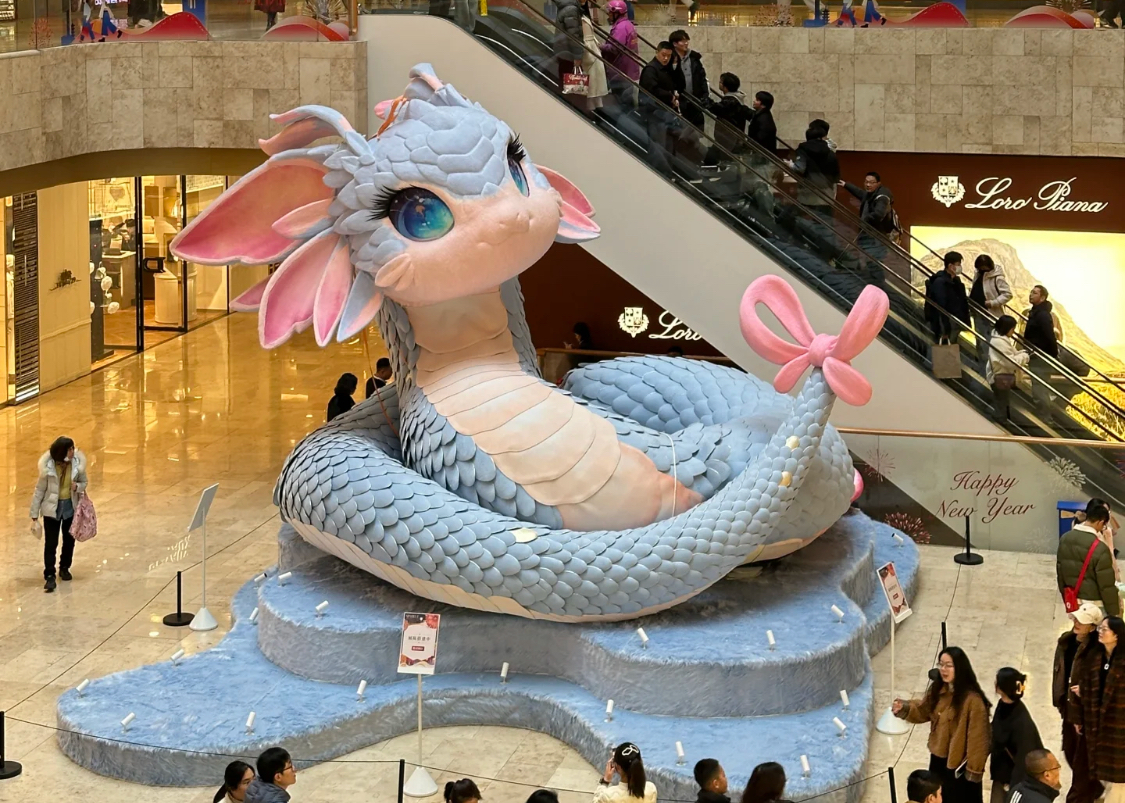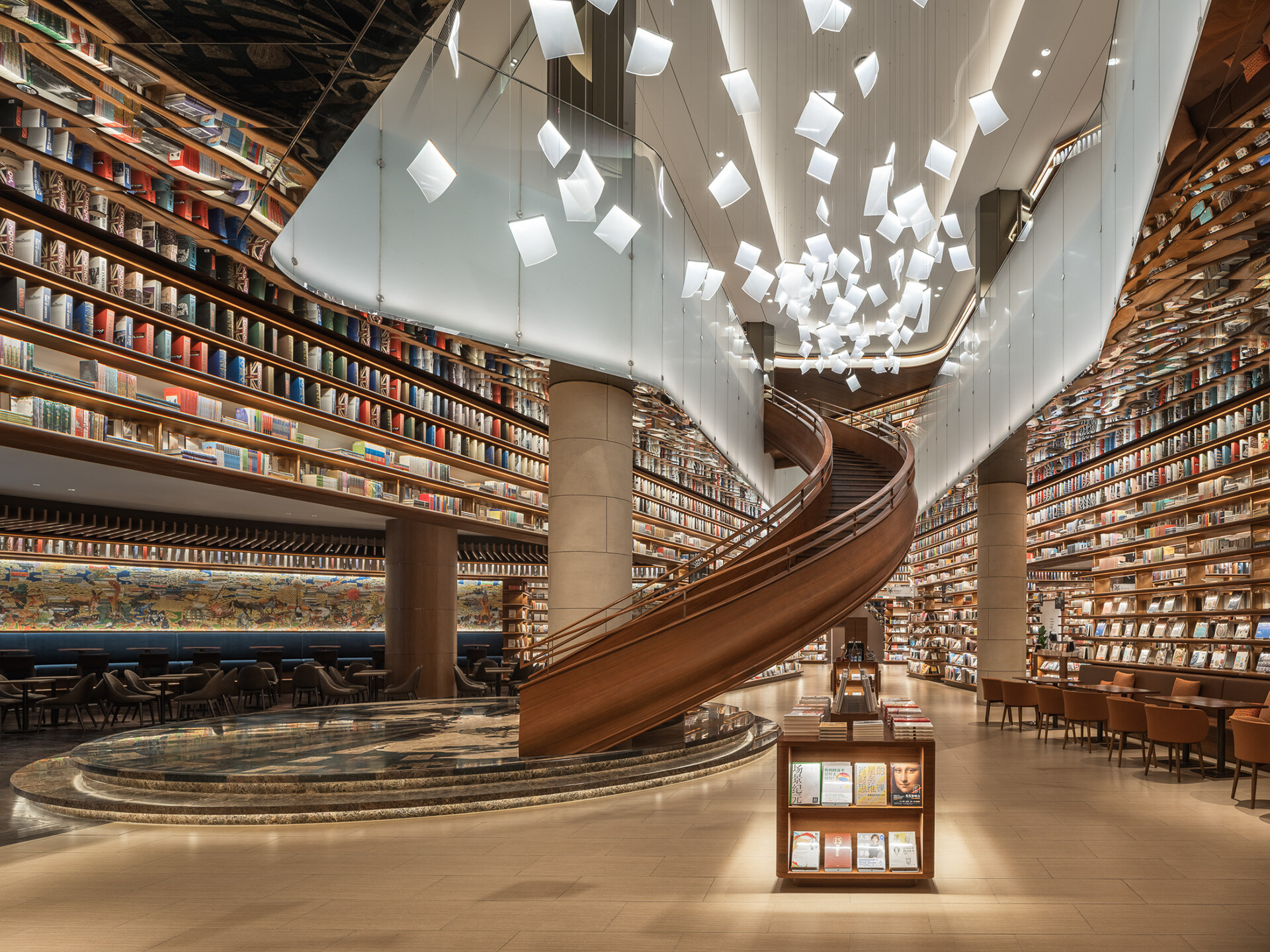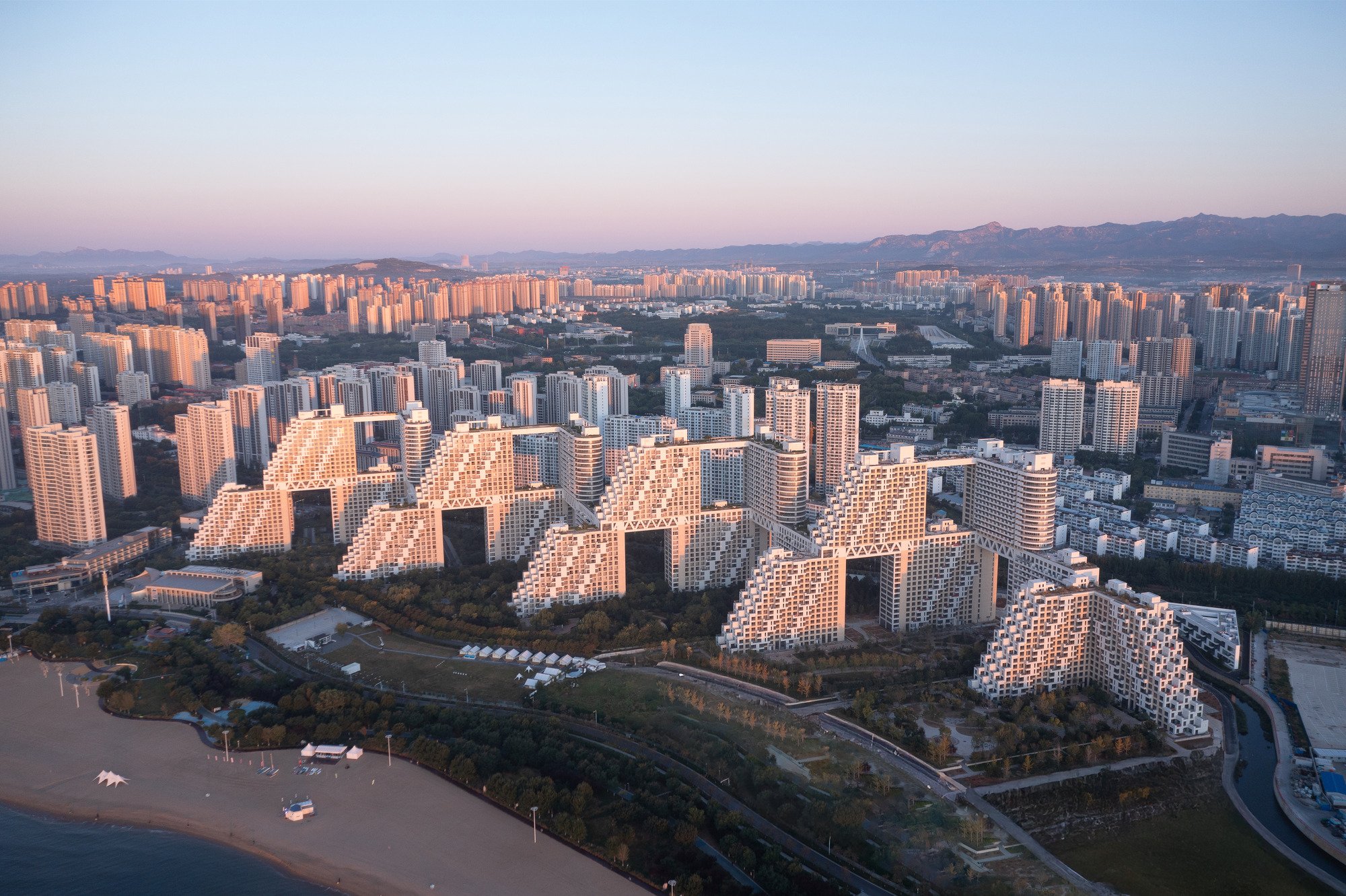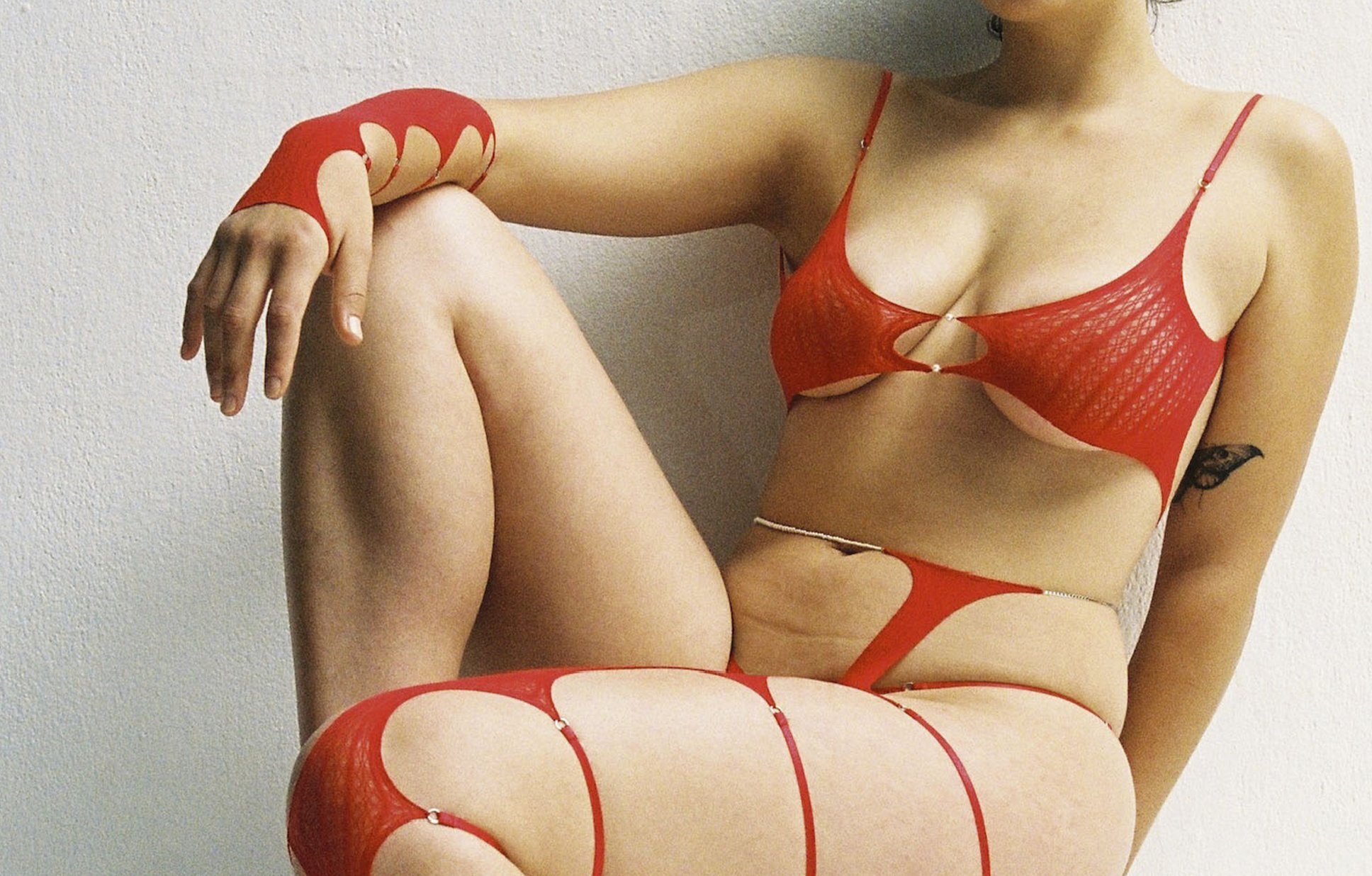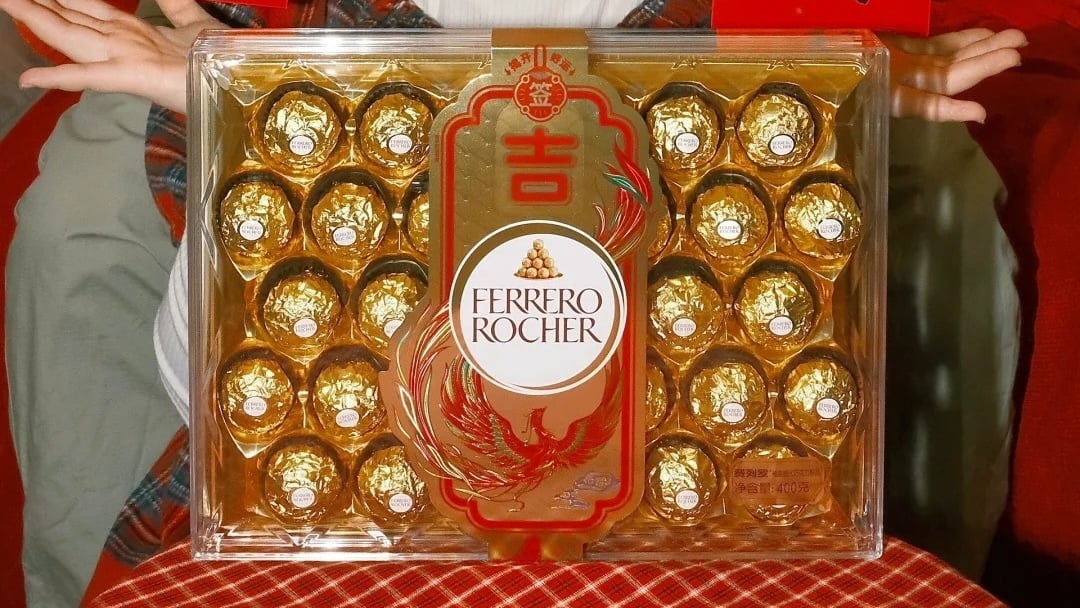In China, pre-wedding photoshoots are flourishing. Unlike many Western wedding photos, these shots are taken weeks or months in advance. Sure, professional photo and video shoots are still taken separately on the wedding day itself — but pre-wedding photos are becoming must-have material for display at the reception and on social media.
Actually, pre-wedding photos have been a tradition in China since the 1920s, when cameras were first introduced. Over the past century, the tradition has evolved alongside China’s wedding industry, which in 2021 was estimated to hold a total value of 1.7 trillion RMB (more than 200 billion USD).
Official Recognition: A Formal Wedding Shoot
In 1920s China, especially in cities like Shanghai, Western culture and technology like cameras were starting to generate interest.
At first, only high-class people like Chiang Kai-shek and Soong May-ling were able to have wedding photos taken. Usually these were taken during the wedding ceremony, or afterwards.

Chiang Kai-shek and Soong May-ling held their wedding ceremony in Shanghai in December 1927. Image via Wikimedia
In the 1940s, it became more common for couples to have official photos taken at the beginning of their reception.
After the founding of the People’s Republic of China, wedding photography underwent a shift from Western-style romantic shoots to Communist-style shoots in work uniforms. These formal shoots occurred before the wedding, and constituted an official recognition of the marriage.
Captured Memories: Colorful Studio Shoots
After the economic reforms of the 80s, pre-wedding photoshoots in China started to become more vibrant and personal, aiming to capture memories, not just document an agreement.
Photography studios used elaborate backdrops of natural scenery and Western landmarks. They offered wedding dresses, plastic bridal bouquets, and makeup artists, for an optimal photoshoot experience.

A pre-wedding photoshoot in Yunnan, promoted by Baijue Lupai, a studio known for capturing wedding photos at scenic resorts, which offers exclusive flight and hotel packages. Image via Xiaohongshu
Now, pre-wedding photoshoots by some photography studios can cost thousands of dollars, depending on the package.
Some make use of elaborate concepts, while others offer exclusive on-location shoots at major tourist sites.
It’s common for couples to travel to scenic resorts, both domestically and internationally, to capture pre-wedding photos. The island city of Sanya, and Paris, France are both popular destinations.
Creative Expressions: Unique Wedding Shoots in Modern China
Despite the younger generation’s changing attitudes toward marriage, pre-wedding photoshoots remain an immensely popular part of modern Chinese wedding culture.
And now more than ever, new couples are seeking unique and personal shoots that express a sense of individuality.

A couple photographed in the style of Wong Kar-wai’s 1995 film ‘Fallen Angels.’ Image via Xiaohongshu
Aesthetics can vary from street photography to neo-Chinese style, to Wong Kar-wai-style film posters. Other couples, meanwhile, opt to wear regular clothes at their favorite hometown spots.

Fu Gui and his wife held three weddings in 2022. Image via Fu Gui
In the summer of 2022, Fu Gui and his wife got married and held three weddings in a single month. They had two different hometowns, as well as a shared love for Yunnan province. Unhappy with the pre-wedding photo packages they’d found, they chose to hire a small studio and an independent photographer to document the experience.
In Fu’s hometown, for example, they captured shots on an old street that held special significance for Fu.
“We didn’t like traditional studios or staged photography, they were too commercial,” he tells RADII. “We wanted something more casual, natural, and local, but not tacky.”


The couple is seen on the street, holding a sign of ‘Double Happiness,’ commonly used as a symbol of marriage. Image via Fu Gui
This is part of the ‘street wedding photography’ trend, featuring couples in wedding attire strolling down sidewalks (a hashtag for this trend on Xiaohongshu has over 96,000 posts).
Today, pre-wedding photoshoots remain more of a personal statement than a stale ritual.
“Most of our customers are cute, bright young women with their own ideas,” says Bo Bo, a stylist who often works on vintage, Japanese-style film photography photoshoots.

An increasing demand for more personalized photoshoots is creating a more diverse industry, with plenty of boutique studios and independent photographers.
These studios also offer to document couples’ journeys to get their marriage certificates, capturing a slice-of-life-feel.
Celebrating the End of Love: The Emergence of Divorce Photoshoots
While some young couples in China are excited to tie the knot, others are celebrating the end of their love with photoshoots of their own, hiring photographers to document their divorce process.
A bit of controversy rages here, with some viewing the trend as an unnecessary exposure of private life. Others argue that there’s nothing wrong with documenting the end of a relationship.
All debates aside, divorce photography is still just a niche trend in China, and according to the photographers we contacted on Xiaohongshu, very few divorced couples are interested in the service.

A young client holding a divorce certificate in her hand. Image via Xiaohongshu
Xiaoxiong, a photographer based in Guangdong with a following on Xiaohongshu, specializes in documenting the trip to receive marriage certificates. However, one of his clients ended up hiring him for a divorce photoshoot instead.
“I was initially curious, because I’d never done a shoot like that,” he posted. “But I realized that divorce is a serious matter. It was a unique shooting experience for me, but it may have been a nightmare for the couple.”
He also cautioned other photographers to be careful, as divorce photoshoots have an inherently emotional and sensitive component.
In one screenshot that Xiaoxiong shared, the client wrote, “I wanted to remind myself that even at the lowest point of my life, I’m still beautiful, and that I should always smile and believe in myself.”
Cover image via Fu Gui


